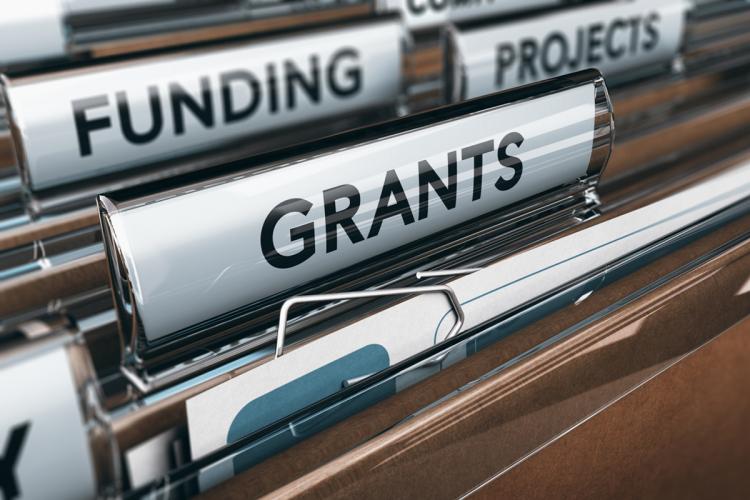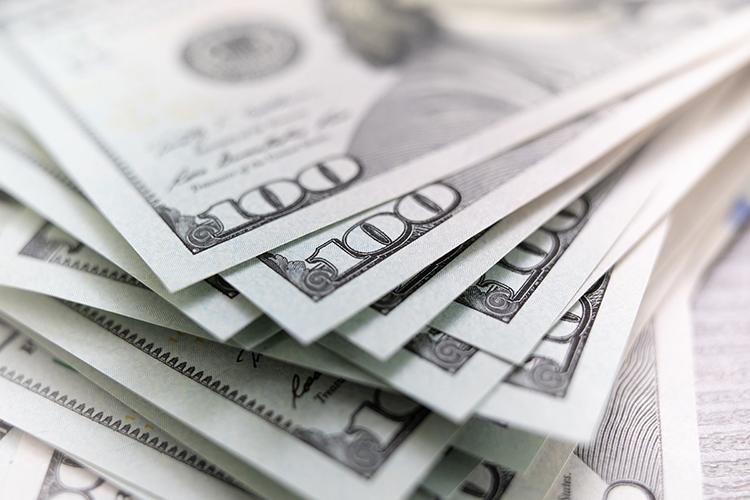Use a Tax-Centric Strategy to Fund Your LEDs and Advanced Controls
Use a Tax-Centric Strategy to Fund Your LEDs and Advanced Controls
Use a Tax-Centric Strategy to Fund Your LEDs and Advanced Controls
One way to fund your new LEDs and advanced controls is by using a tax-centric strategy. This might sound intimidating, but it’s a simple premise: Deduct your equipment from your taxes, just like you deduct other depreciating assets.
“Accelerated depreciation” is a non-cash transaction resulting in reduced tax liability related to both the removal of obsolete and/or inefficient lighting systems and installation of new capitalized energy-efficient lighting equipment. The benefits are three-fold:
- You can retire and write off existing and obsolete lighting equipment.
- You can write off all or part of new energy-efficient lighting equipment.
- You can take advantage of accelerated depreciation.
Why a Tax-Centric Strategy?
The primary benefit of using a tax-centric strategy is that it significantly improves cash flow within roughly one year. That cash flow can be used to offset a capital investment, such as upgrading to Current’s LEDs and advanced controls. This immediately reduces the operating cost of a building, which equates to bottom-line profits.
LED lighting upgrades, in particular, can trigger up to four different tax deductions. Building owners and tenants use the current year tax deduction strategy to offset the capital cost on new LED lighting systems and start realizing positive cash flow benefits from lower operating costs.
How Does a Tax-Centric Strategy Work?
First, you’ll need to perform a cost segregation study and determine if a more detailed, engineering-based study could accelerate depreciation in the current year. The goal is to free up cash that can be invested in capital building improvements that offer immediate operating cost savings. If you determine the current cost segregation study does not have enough detail to reallocate short recovery assets, you can take advantage of what’s called an integrated fixed asset analysis.
Over the years, many companies have used cost segregation since it’s a high-impact, widely accepted tax planning strategy utilized by commercial and industrial real estate owners (and tenants) to accelerate depreciation deductions. The result is improved cash flow in the earlier years. Once used only by the big four accounting firms and the nation’s largest real estate owners, this practice has become routine for commercial property owners today.
A cost segregation study is based on an analysis used to support the acceleration of depreciation deductions by identifying costs that can be allocated to shorter recovery periods—primarily 5-, 7- and 15-year as opposed to 39-year (commercial).
What Is a Tax-Centric IFAA (Integrated Fixed Asset Analysis)?
A tax-centric integrated fixed asset analysis is a detailed engineering analysis used to determine the individual costs of building assets. It starts where most cost segregation studies end. In most cases, the building owner or the tenant may not have enough detail in their existing cost segregation study to realize the partial disposition of the obsolete and energy-inefficient lighting being removed. If they did have the detail required by the IRS, then they would qualify for a major current year tax deduction when removing their existing lighting system.
Here is an example: A building owner was planning a lighting retrofit on a system placed in service 10 years ago. Without knowing specific costs for the individual assets (old lighting) being removed, the building owner would continue to depreciate them as scheduled for 29 more years even though they are no longer a part of the building. This is sometimes referred to as a ghost asset, and it is not the best way to depreciate assets that are no longer part of the building.
There’s More
An LED lighting upgrade can trigger two additional tax deductions, and if handled strategically, both can be applied. One is 179D (Energy Policy Act of 2005) and the other is bonus depreciation under QIP (qualified improvement property).
179D (EPAct: Energy Policy Act of 2005) is a tax deduction that can be carried forward 20 years. It is estimated that only 4% of building owners have taken a 179D tax deduction since its inception on January 1, 2006. Many who have taken a 179D tax deduction have not taken 100% of the qualified tax deduction.
Under the TCJA (Tax Cut Jobs Act), 39-year LED lighting may meet QIP guidelines, which means it can be reclassified as a 15-year asset and therefore qualify for 100% bonus depreciation. When this works, the building owner can take a partial tax deduction for the existing lighting being removed and write off 100% of the new lighting.
Want to learn more? Make your vision of LED upgrades a reality today by calling one of our funding advisors at 1-833-544-0514 or emailing [email protected].






